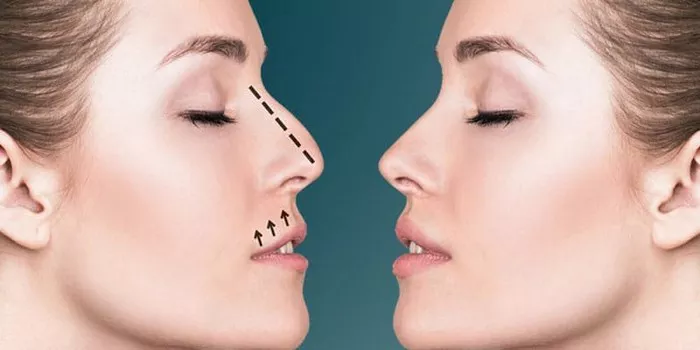Rhinoplasty, commonly known as a “nose job,” is a surgical procedure that can transform the appearance and function of the nose. It is a popular choice for individuals seeking to improve their facial aesthetics or address breathing problems. However, one question that often arises is, “How old do you have to be for a rhinoplasty?” In this article, we will explore the factors that determine the appropriate age for rhinoplasty and considerations for both adolescents and adults.
The Importance of Age in Rhinoplasty
Age is a critical factor when considering rhinoplasty due to the ongoing growth and development of the face, particularly the nose. The timing of rhinoplasty can significantly impact the success of the procedure and the long-term results. Both adolescents and adults may seek rhinoplasty for various reasons, and the appropriate age for the surgery varies depending on individual circumstances.
Rhinoplasty for Adolescents
Physical Growth and Development
During adolescence, the face, including the nose, continues to grow and change. The timing of rhinoplasty in adolescents is crucial to ensure that the nose has reached a stage of relative stability. Performing rhinoplasty too early, before the nose has fully developed, can lead to unpredictable results as the face continues to mature.
Emotional and Psychological Considerations
Adolescence is a period of significant emotional and psychological development. It’s essential to evaluate whether a teenager seeking rhinoplasty has realistic expectations and is emotionally prepared for the procedure. The decision should be driven by the adolescent’s own desire for change, rather than external pressure.
Surgeon’s Expertise
Performing rhinoplasty on adolescents requires the expertise of a skilled and experienced surgeon who is familiar with the unique considerations of this age group. The surgeon must carefully assess the individual’s physical development and emotional readiness before proceeding with the procedure.
Rhinoplasty for Adults
Physical Maturity
For adults, the appropriate age for rhinoplasty is generally more straightforward to determine. The nose has typically reached its full physical maturity by the late teens or early twenties. At this stage, the nose’s structure is more stable, making it a suitable time for surgical intervention.
Personal Motivation
Adults seeking rhinoplasty often have well-defined goals and motivations for the procedure. These goals may include improving facial symmetry, addressing breathing issues, or enhancing overall facial aesthetics. It’s important that the decision to undergo rhinoplasty is based on personal desires and not external pressures.
Health and Lifestyle Considerations
Adults should be in good overall health to undergo rhinoplasty safely. It’s essential to disclose any pre-existing medical conditions, allergies, or medications to the surgeon during the preoperative consultation. Additionally, lifestyle factors such as smoking can impact the healing process and may need to be addressed before surgery.
Consultation with a Board-Certified Surgeon
Regardless of age, anyone considering rhinoplasty should schedule a consultation with a board-certified plastic surgeon or a facial plastic surgeon. During the consultation, the surgeon will evaluate the individual’s physical development, medical history, and motivations for the procedure. They will also discuss the expected outcomes, potential risks, and recovery process.
Factors to Consider:
Surgeon’s Expertise: Choose a surgeon with extensive experience in rhinoplasty, including procedures on individuals of varying ages.
Realistic Expectations: Understand that rhinoplasty can enhance the appearance and function of the nose but may not achieve perfection. Discuss your goals openly with the surgeon.
Emotional Readiness: Ensure that you or your adolescent is emotionally prepared for the procedure and has a clear understanding of what to expect during the recovery process.
Timing: If considering rhinoplasty for a teenager, consult with the surgeon to determine the appropriate timing based on physical development.
Health and Lifestyle: Be open about any pre-existing medical conditions, allergies, or lifestyle factors that may affect the surgery and recovery.
Conclusion
The appropriate age for rhinoplasty varies depending on individual circumstances, with considerations for both adolescents and adults. Adolescents must be at a stage of physical development where the nose is relatively stable, and they should have realistic expectations and emotional readiness. For adults, the timing is generally more straightforward, with the nose having reached its full maturity.
Consultation with a board-certified surgeon is crucial to assess an individual’s suitability for rhinoplasty and to discuss the goals, risks, and recovery process. By carefully considering these factors, individuals can make informed decisions about the timing of their rhinoplasty procedure and achieve the best possible results.


